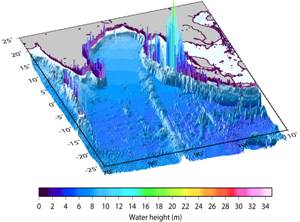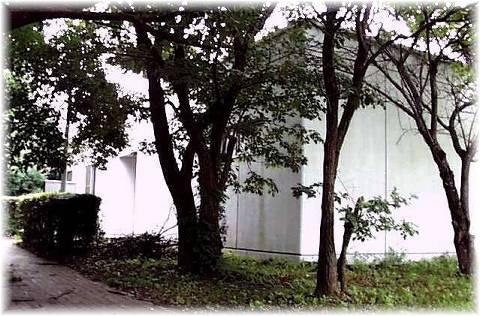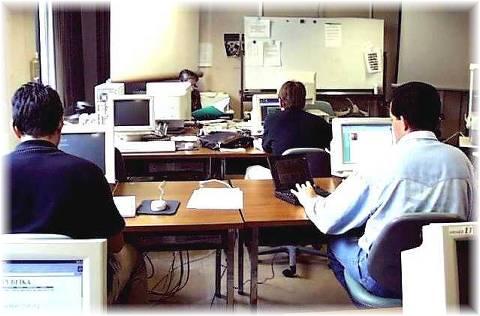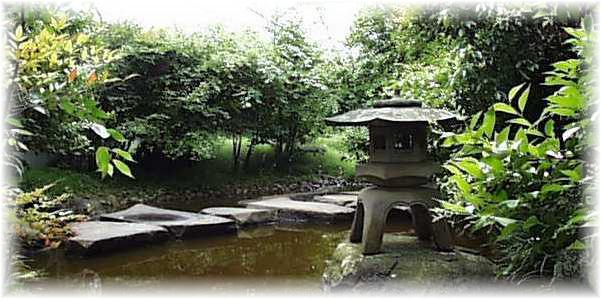IISEE Training
Outline of History
|
International Training on Seismology and Earthquake Engineering |
Annual Training on Seismology and Earthquake Engineering |
|
|
|
|
|||||||||||
|
1960 Seismology Course |
||||||||||||||||
|
1960 Earthquake Engineering Course |
|
|||||||||||||||
|
Tsunami Disaster Mitigation Course |
2006 |
|
||||||||||||||
|
|
|
|
|
|
||||||||||||
|
Global Seismological Observation Course |
||||||||||||||||
|
|
1995 |
|
||||||||||||||
|
|
|
|
|
|||||||||||||
|
Individual Course |
||||||||||||||||
|
1968 |
|
|||||||||||||||
|
|
||||||||||||||||
Number of Ex-participants of IISEE Training Courses (Distribution Map)
Annual Training on Seismology and Earthquake Engineering
Seismology Course and Earthquake Engineering Course |
 |
 |
| The 2nd Annual Training courses on Seismology and Earthquake Engineering Participants (1961-1962) |
IISEE Flag |
Tsunami Desaster Mitigation Course |
| Gigantic tsunami generated by a major earthquake off Sumatra in 2004 wreaked
havoc in the coastal areas of the Indian Ocean. In response, the Tsunami
Disaster Mitigation Course was established in October 2006 to provide advanced
education in earthquakes and tsunami, with the aim of training tsunami
specialists whl can apply and diffuse their acquired knowledge and techniques
in tsunami disaster mitigation in their home countries. |
 |
|
|
Master's Degree |
Since October 2005, a part of the training course in partnership with the National Graduate Institute for Policy Studies (GRIPS) was certified as GRIOS's lecture course. Today, each trainee can get "Master of Disaster management" (former name is "Master of Disaster Mitigation") certified by GRIPS and BRI if he/she acquires required credits. On September 2006, 19 participants became the first graduates under new system. With diplomas, participants secure their complete background as specialists in seismology and earthquake engineering back in their home countries. |
 |
| Awarding of master's degree by Chidf Executibve of BRI (GRIPS, 2006) |
Support of UNESCO |
| In cooperation with UNESCO, the Japanese Government offered annual training courses from 1963 to 1972. Since 1972, the Japanese Govenment has continued to offer these courses independently. UNESCO sent experts to IISEE from 1985 to 1995. The outcome of these courses were reappraised later, and UNESCO dispatches experts again in 2007. |  |
| Logo whose use is granted by UNESCO |
 |
 |
|
Courtesy visit to Minister of Land, |
Visit by President of JICA to the training course (2005) |
 |
 |
|
Lecture at the training course (2006) |
Visit to a construction site |
Global Seismological Observation Course
 |
 |
|
Participants' presentation (2005) |
Study trip (Hiroshima, 2005) |
Individual Course
Outline of Training Courses
Training Facilities
Seismological Training Laboratory

Library

Computer Room

Garden

